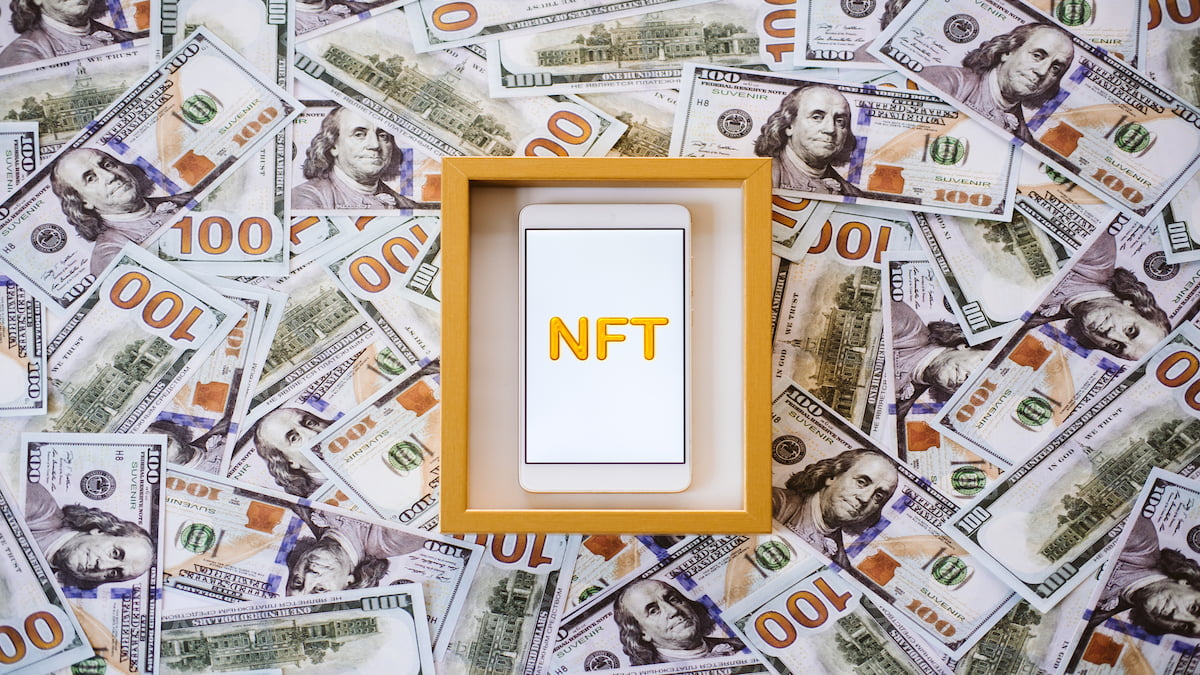As more artists and collectors flock to NFT marketplaces, it’s crucial to understand the ins and outs of this emerging market. This article will provide valuable tips to help buyers and sellers navigate NFT marketplaces effectively.
Understanding NFT Marketplaces
Before diving into the tips, it’s essential to grasp the concept of NFT marketplaces. These platforms facilitate the buying, selling, and trading of NFTs.
Popular marketplaces like OpenSea, X2Y2, and Blur allow artists to mint their digital creations as NFTs and collectors to purchase and trade these unique assets.
Each marketplace has unique features, fee structures, and user interface, so it’s crucial to explore different platforms to find the one that best suits your needs.
Tips for Buyers
Research and Vet NFT Projects: Before making any purchase, thoroughly research the NFT project, its creators, and its reputation within the community. Look for well-established artists with a track record of successful sales and positive feedback from collectors.
Evaluate Uniqueness and Authenticity: Ensure that the NFT you’re interested in is genuinely unique and not a copy. Authenticity is critical in the NFT market, so verify that the asset is original and not subject to copyright issues.
Consider Utility and Future Potential: Look beyond the visual appeal of an NFT and consider its utility and potential for future growth. NFTs with utility or access to exclusive content may hold greater long-term value.
Manage Transaction Fees: NFT marketplaces often charge transaction fees, and the Ethereum blockchain, commonly used for NFTs, can have high gas costs. Consider these fees when buying to avoid overspending.
Tips for Sellers
Create High-Quality Digital Collectibles: As a seller, focus on creating high-quality and desirable digital art or collectibles. Originality and uniqueness are essential to attract potential buyers.
Set the Right Pricing Strategy: Price your NFT competitively to attract buyers while also considering the value of your creation. Avoid overpricing or underselling your NFTs.
Time Your Listing: Choosing the right time to list your NFT can significantly impact its visibility and demand. Consider market trends and events to maximize exposure.
Utilize Marketing and Promotion: Promote your NFT through social media, online communities, and collaborations with other artists. Effective marketing can help increase the visibility of your digital collectibles.

Source: Depositphotos
Staying Safe and Avoiding Scams
Identify Scams and Fraudulent Listings: Be cautious of suspicious offers and always verify the authenticity of NFTs before purchasing. Scammers may create fake accounts or list counterfeit NFTs.
Verify Reputation and Credibility: Check the reputation and credibility of both buyers and sellers before engaging in any transaction. User feedback and reviews can provide valuable insights.
Use Secure Wallets: Store your NFTs in secure wallets that you control. Avoid sharing private keys or sensitive information to prevent potential security breaches.
Legal Considerations
Copyright and Ownership Rights: Artists and creators should be aware of copyright and ownership rights associated with their digital creations. Ensure that you have the right to mint and sell your NFTs.
Understand Marketplace Terms and Conditions: Familiarize yourself with the terms and conditions of the NFT marketplace you are using. Each platform may have its rules and policies that sellers and buyers must adhere to.
Conclusion
Navigating the world of NFT marketplaces requires diligence and knowledge. Whether you’re a buyer looking for unique digital collectibles or an artist seeking to showcase your creations, following these tips will help you make informed decisions and participate responsibly in the exciting world of NFTs. As the NFT market continues to evolve, staying informed and aware of emerging trends will contribute to a successful and enjoyable NFT experience.
Credit: Source link






























